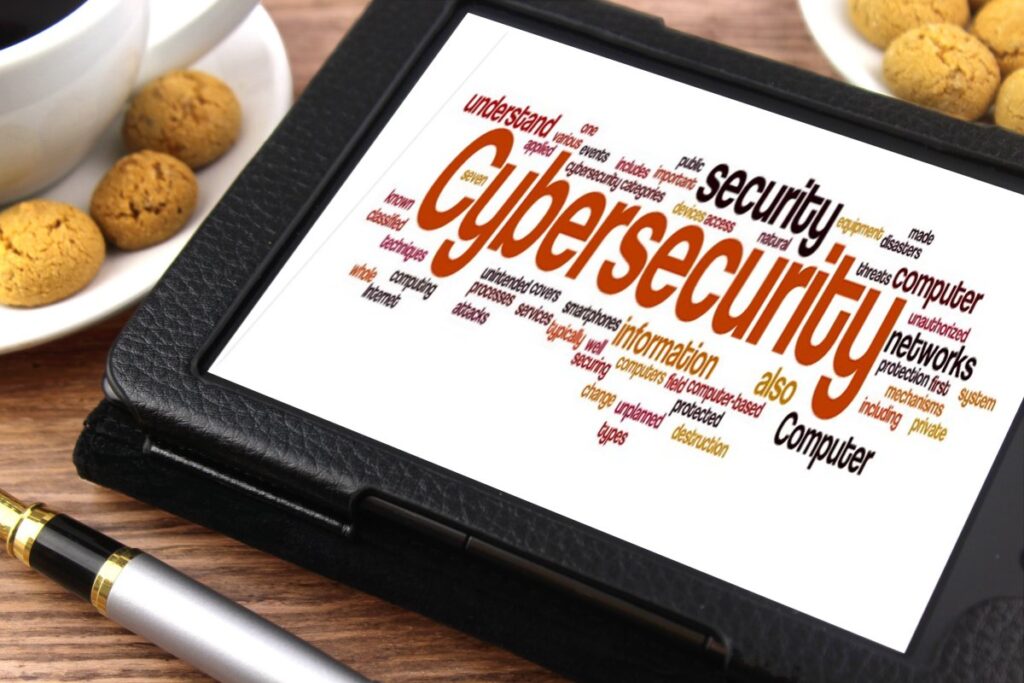Top Emerging Threats And Trends In Cybersecurity
Top Emerging Threats And Trends In Cybersecurity :- In today’s digital landscape, cyber threats like Phishing, DDoS attacks, and more are proliferating at an alarming rate, emphasizing the critical need for businesses to stay abreast of cybersecurity trends to safeguard their operations and reputation. For a comprehensive overview of reliable trends, delve into the following blog.
As technology continues to advance, businesses are presented with myriad growth opportunities. However, this progress also empowers cybercriminals to devise increasingly sophisticated tactics, posing a significant threat to businesses worldwide. Recent reports reveal that cyber-attacks cost businesses a staggering $4.40 million in 2023, highlighting the dire consequences of cybersecurity breaches.
Every business must take proactive measures to adopt the latest cybersecurity trends and mitigate the risk of cyber attacks. Whether it’s DDoS attacks, phishing schemes, or elusive Backdoor cyber threats, the digital landscape is fraught with dangers. Waiting for attacks to escalate to critical levels is not an option. Instead, businesses must embrace the latest trends to fortify their defenses and proactively thwart potential threats.
If you’re grappling with cybersecurity trends in 2024, dive into the blog to discover key insights into emerging threats and trends aimed at effectively combating them.
Top Emerging Threats And Trends In Cybersecurity Types of cyber threats
Backdoor Attacks:
Backdoor attacks represent a common cyber threat, frequently employed by cybercriminals to infiltrate business systems surreptitiously. Through this method, they breach security defenses covertly to gain unauthorized access. Once inside, cybercriminals can implant malicious software to facilitate further breaches.

Man-in-the-Middle (MITM) Attacks:
In a man-in-the-middle attack, cybercriminals intercept and manipulate communications between two parties to steal sensitive data. Unsecured Wi-Fi networks are prime targets for hackers seeking to exploit vulnerabilities in communication channels and execute MITM attacks.
Phishing Attacks:
Phishing attacks rank among the most prevalent cyber threats, where fraudsters send deceptive emails posing as legitimate sources or businesses. The goal is to deceive recipients into revealing sensitive business information, often through enticing links or attachments.
However, cybercriminals may also send impulsive links via email, directing users to malicious websites under the guise of trusted entities. Upon access, malware can be downloaded, compromising the user’s system and exposing confidential information.
Formjacking:
Formjacking poses a significant cyber threat, as attackers inject malicious code into web forms to harvest valuable information such as credit card details from unsuspecting users. This stolen data is then exploited for fraudulent activities, inflicting financial harm on victims.
DDoS Attacks:
DDoS (Distributed Denial of Service) attacks have become increasingly prevalent in cyber warfare, targeting business networks to disrupt services and compromise systems. By inundating the network with a barrage of illegitimate traffic from multiple sources, DDoS attacks overload the system, rendering it inaccessible to legitimate users.
Cybersecurity Trends for 2024 to combat cyber attacks
- AI and Machine Learning Integration:
AI and ML are pivotal trends in cybersecurity, offering advanced capabilities to combat cyber threats effectively. By monitoring data and analyzing user behavior, these technologies detect suspicious activities, bolstering system security and identifying potential threats. As cyber threats evolve, AI and ML remain essential tools for continuous protection against emerging threats. - Zero Trust Cybersecurity:
The Zero Trust model challenges traditional notions of trust within network environments, recognizing the risk posed by both internal and external actors. By implementing stringent verification measures, organizations safeguard networks and data against unauthorized access, mitigating the risk of cyberattacks effectively. - Continuous Backup and Recovery:
Robust backup and recovery strategies are essential for safeguarding critical data against unpredictable cyber threats like Ransomware. By ensuring continuous backup processes, businesses can defend against attacks and minimize potential data loss, ensuring system integrity and protecting sensitive information. - Deepfake Detection Tools Adoption:
With the proliferation of Deepfake technology, organizations face new challenges in combatting cyber threats. By adopting Deepfake detection tools, businesses can identify fabricated content and protect against malicious activities, enhancing resilience against emerging cyber threats. - Cyber Insurance Coverage:
As cyberattacks escalate, cyber insurance provides financial protection against the impact of incidents, offering reimbursement for damages and expenses incurred. By meeting security requirements, businesses qualify for coverage, bolstering resilience against cyber risks and ensuring comprehensive asset protection. - Threat Exposure Management (TEM):
TEM focuses on comprehensive security planning and attack prevention, enabling proactive risk mitigation and asset protection. By implementing TEM strategies, businesses can enhance security posture and defend against evolving cyber threats effectively. - Multi-Factor Authentication (MFA):
MFA provides enhanced security through multiple layers of verification, safeguarding against breaches. By incorporating unique validation factors, such as biometric authentication, MFA systems offer robust protection against unauthorized access, strengthening security posture and safeguarding sensitive information.





